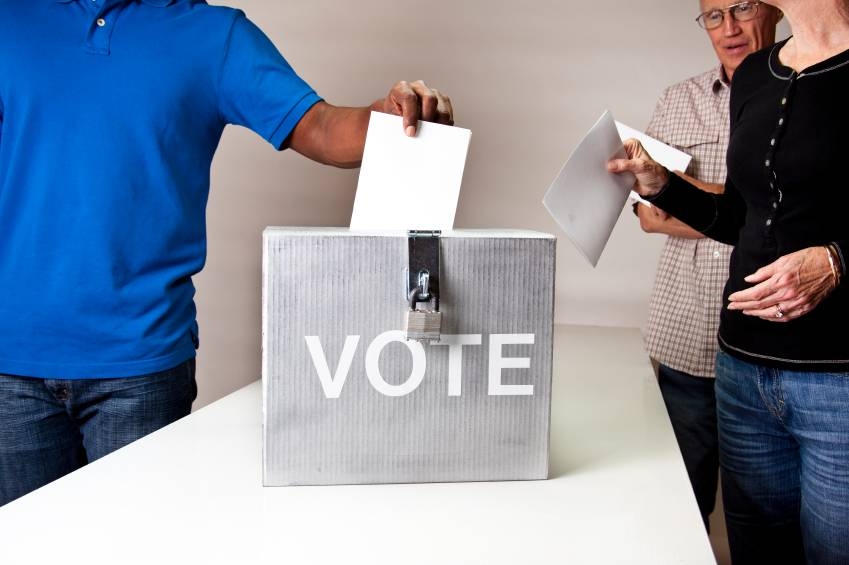Tuesday’s elections produced a much-publicized result in Ohio, where, by a 61-39 margin, voters repealed an 8-month-old law limiting the collective bargaining rights of public employees, such as teachers, police officers and firefighters. The morning after the vote, MIT News spoke to economist Michael Piore, MIT’s David W. Skinner Professor of Political Economy and a longtime expert in labor and union issues, about the results and their possible impact.
Q. What is your reaction to Tuesday’s vote on collective bargaining for public employees in Ohio?
A. It’s impressive and it’s a real victory for trade unions, in the current climate where victories have been hard to come by. I was impressed and, as a believer in trade unions, I guess also relieved.
Q. What does it portend for the future of labor issues in other states, or nationally? Will there be any effect, and if so, what might it be?
A. I’m sure there will be an effect. But there are three issues here that have gotten intertwined. One is the question of whether you believe in collective bargaining and the legitimacy of trade unions in general. The second is whether you believe in collective bargaining and trade unions in the public sector. And the third is the compensation and the benefits that public-sector employees are receiving at the moment relative to private-sector employees. These issues have been confounded, not just by the opposition to trade unions, but to some extent the proponents of trade unions themselves have mixed these issues together.
I think it would be a mistake to take this as a vote that says, ‘We don’t want to touch public-sector compensation,’ or that accepts the existing terms of public-sector employment. What it does, I think, represent is a kind of support for the idea of collective bargaining, for the existence of trade unions. … It’s quite possible that public officials in Ohio will go back and try to bargain for concessions on the distribution of the costs of medical insurance, and so on, to bring them in line with the private sector. But bargain is the operative word. Now they have to bargain with trade unions over these benefits. They can’t just impose them unilaterally.
Q. We’ve seen unions losing power in recent decades. How does this current wave of attempts to limit the power of unions fit into the history of labor disputes? What does a little historical perspective show us?
A. One of the interesting phenomena in American labor relations is that in the period, say, from the mid-1970s until the current moment, when there’s been this extreme decline in private-sector unionism — from 25 percent of the labor force to under 8 percent — public-employee unions have first expanded and then stabilized, so that the extent of unionization in the public sector has been relatively constant.
There has also been evidence in the public opinion polls that there is more support for trade unions than ever shows up in actual union elections. So in a sense it’s not surprising that you see the kind of support that collective bargaining has garnered in Ohio in this round. The other side of the coin is that private-sector trade unions had a lot of trouble working out concession bargaining in the 1980s when there was a lot of pressure to reduce wages and benefits, as you’re now seeing in the public sector. For a variety of reasons the private-sector unions had a lot of trouble doing that in a graceful way that preserved their position in industry.
But conditions in the public and private sector are so different, in terms of the nature of bargaining, in terms of the economic and social constraints — public-sector employees aren’t involved in trade, for example — that there is a different set of forces at work. I think it’s hard to draw lessons from previous experience. This is the same kind of attack on public-sector unions that was developed in the private sector, but what you’re seeing now is that those tactics just aren’t going to work in the public sector. But if public sector unions don’t handle this concession bargaining well, and they insist on maintaining the kinds of benefits that look to the public as if they’re way out of line with anything in the private sector … then I think they will begin to lose support. They need to exercise considerable strategic acumen. In a way, we’re in new territory.
Labor economist sizes up the impact and meaning of this week’s high-profile Ohio referendum to restore collective bargaining rights for public employees.
Publication Date:






